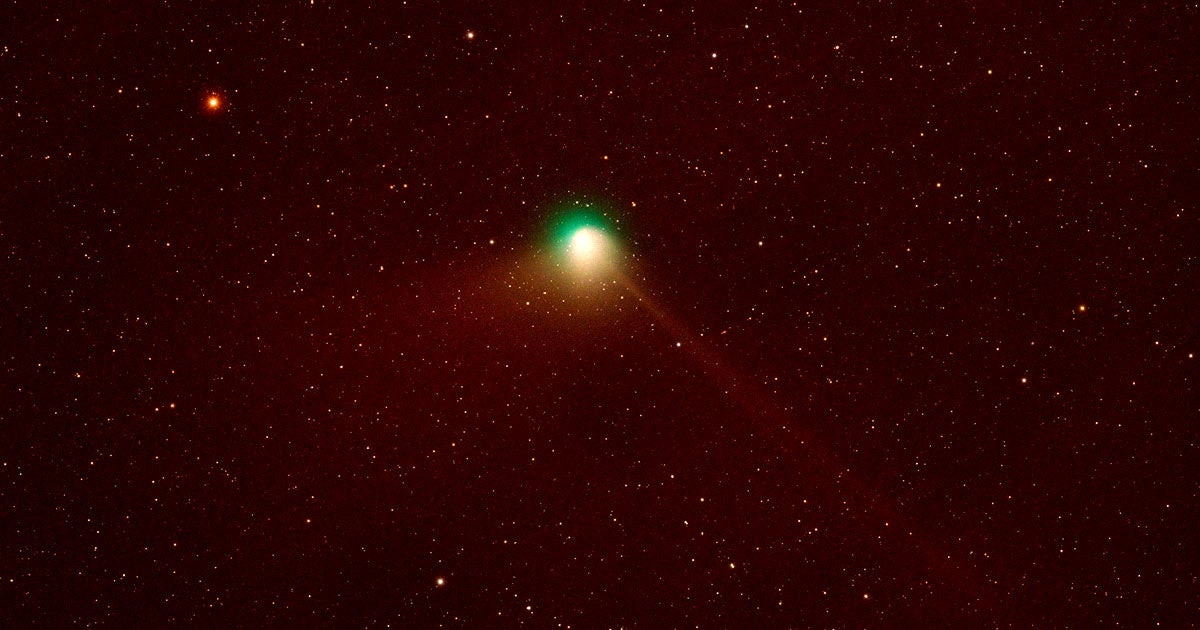Objeto misterioso dirigido ao nosso sistema STAR agora está mudando de cor
À medida que o objeto interestelar 3i/atlas se aproxima de seu ponto mais próximo do sol no próximo mês, o misterioso visitante continua a fascinar os astrônomos. O objeto, que se acredita amplamente um cometa que veio até nós de fora do sistema solar, já foi observado em mudança de forma. Sua cauda cresceu mais e seu coma – uma grande atmosfera de gás e poeira que circunda seu núcleo – tornou -se mais pronunciada. Those are expected characteristics from a comet ripping by the Sun at ludicrous speeds, though numerous readings by sensitive space telescopes have also found it to have unusual properties that will be studied for years to come.In the latest twist, this week, comet hunter Michael Jäger and his colleagues “took advantage of the total lunar eclipse to take a deep image of Comet 3I/ATLAS under the dark skies of Namibia,” according to a recent forum exchange.Their observations showed that the object’s coma has now transitioned from giving off red light to green, yet another fascinating wrinkle in the rare interstellar visitor’s odyssey through our solar system.As Harvard astronomer and noted alien hunter Avi Loeb pointed out in a recent blog post on the findings, this could be due to a “steep rise in the production of cyanide.”Scientists hypothesize that the production do produto químico, ao lado de níquel, estão aumentando dramaticamente à medida que 3i/atlas se aproxima do sol. Deixado por 3i/Atlas, “por Loeb. Enquanto Loeb levantou repetidamente a possibilidade de que 3i/atlas possam ser um” artefato extraterrestre “que nos foi enviado por uma raça alienígena inteligente, está construindo um caso mais forte e mais forte que é meramente um cometa – embora de um sistema solar de longe. For one, observations have shown that the object is “dominated by carbon dioxide,” as Loeb explains, making up a whopping 87 percent of its mass.The astronomer has also found that its orbital path, which takes it relatively close to Mars, Jupiter, and Venus, is extremely unusual, making “3I/ATLAS interestingly anomalous relative to familiar icy rocks.”More on 3I/ATLAS: Scientist Watching to See If Objeto misterioso que visita nosso sistema solar libera qualquer sonda
Fonte











